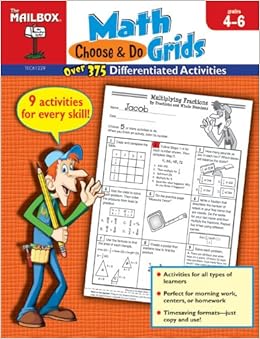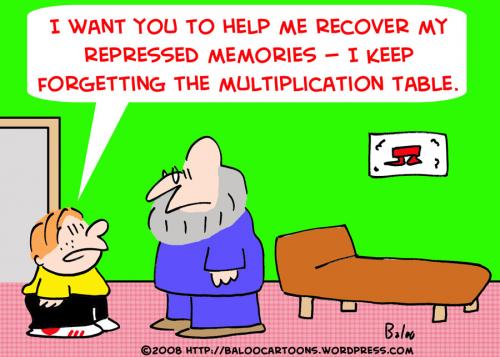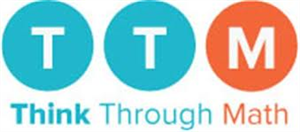So, I thought I would walk you through a typical math class warm up. As the kids come in, I give them what I call an "entrance ticket". It is a single problem. The type of problem varies. Sometimes the ticket is on something I am about to teach (to pre-assess), sometimes it is on topic, and sometimes it is review. This helps me see how my classes are progressing.

After the entrance ticket, we have been working on estimating. I found a website that has a visual estimation problem each day. The headline on the homepage is "building number sense one day at a time." We have completed the first 19 days. At this point, I believe there would be a mutiny if I decided to stop allowing them to estimate.... unbelievable! What I love about this short activity is the math talk that happens with table groups. They are reasoning about numbers, they are compromising, they are pulling in background knowledge, and they celebrate their successes. Any failures we have had are put to good use the next day. It is truly amazing!

While I need my students to understand the processes in math (how to add, subtract, multiply, divide, etc.), I also want them to have to STOP AND THINK. I want them to have to make choices and justify their thinking mathematically. I have found other educators who feel the same. The first is Dan Meyer. Basically, he is a gifted high school teacher whose goal is to make kids stop and think. To this end, he has created "Three Act Math" to answer his own question, "How do we turn the world outside the math classroom into a math problem that is both challenging and fun, not boring and easy?" While I cannot use many of his Three Acts (they are high school level), there are gems that occasionally come my way that I can use. Today was one of those days!

- Act 1 is introducing the problem. We watched a very short video of a man eating packets of sugar, this was the hook. It asked the kids, if you won't eat ___ packets of sugar, why would would drink ____ packets of sugar in a soda?
- Act 2 is gathering data. We had to find out how many grams of sugar are in a packet. Then we had to find out how many grams of sugar are in a 20 oz. soda.
- Act 3 is looking at another short video with the payoff...letting us know if our answer was correct.
We really enjoyed this lesson and the kids discovered just how much sugar is in a soda.... not healthy!
Next, we moved into a "Would You Rather" lesson. This type of lesson focuses on "asking students to choose their own path and justify it." We worked with two questions:
- Would you rather: Earn a dollar for every foot in one mile OR earn a dollar for every day you have been alive?
- Would you rather: be given 800 pennies OR three $1 bills, 10 quarters, 12 dimes, and 22 nickles.
The kids really enjoyed these activities. I like the activities because they are of high interest to my students, right on target with the higher level math thinking I need them to be comfortable with, and they make the kids
STOP AND THINK!
Have a great weekend!































